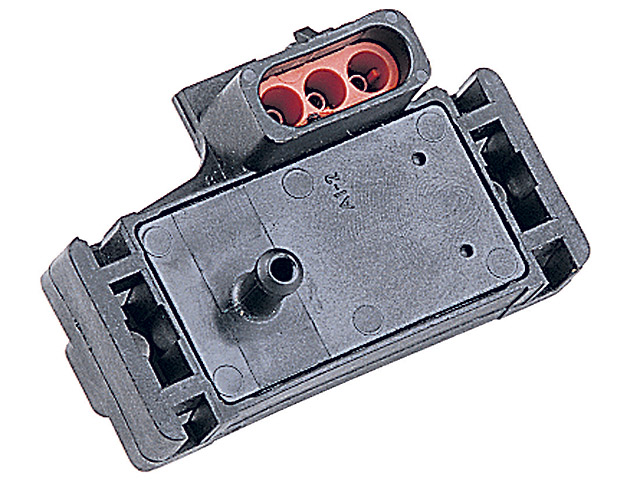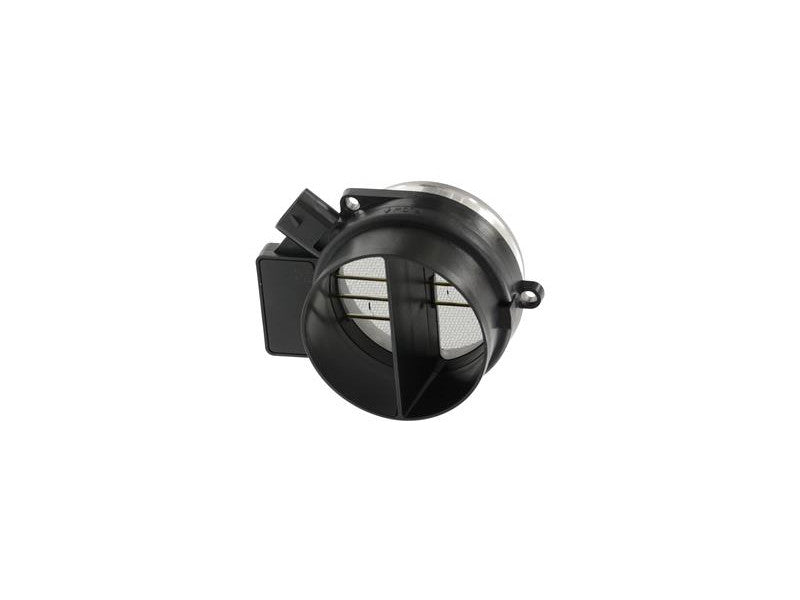Written By: enginebasics.com
Each EFI car today is equipped with either a MAF sensor ( mass air flow) or a MAP sensor ( mass air pressure). Some cars are even equipped with both a MAF and a MAP sensor, example a Mitsubishi Evo X. So what do these sensors do and what is the difference?
MAP Sensor

A map sensor is a sensor that is installed somewhere in the intake manifold or very close to it. It is a sensor that detects the pressure found in the manifold. On a naturally aspirated motor this sensor will be detecting the negative pressure found in the intake manifold which we call vacuum. If the car is equipped with Forced Induction, then this sensor will be in charge of not only detecting the vacuum but the actual positive pressure in the manifold as well.
Because this sensor must cover both vacuum and pressure they come in different size measuring ranges. These ranges are often given in the unit of Bar instead of PSI. Bar is the metric unit for pressure while PSI is the standard unit. When choosing a MAP sensor choose a sensor that will be appropriate for the amount of vacuum and pressure your particular motor will see.
MAF Sensor

While there are many kinds of MAF sensors let's focus more on what they are. A MAF sensor is a device that measures the mass air flow, hence its name. It measures the CFM or mass of air that passes by the sensor and outputs the actual flow of air to the ECU. What can be confusing when dealing with and tuning a MAF sensor is that the computer will often interpret the MAF data to depict an actual load value instead of an actual number in CFM of flow. Because of this, MAF sensors can be harder to tune based on the interpretation of the ECU for a given air flow.
MAP sensor VS. MAF sensor
While both sensors accomplish the same thing we could give the #'s of each.
MAP sensor
1. Even if an intake pipe blows off or there is a vacuum hose leak the car will run the same, as the actual manifold pressure will not be any different so you will not be left stranded some where.
2. Sensor reads actual load so there is no guessing what load level the engine is seeing.
MAF sensor
1. The amount of CFM entering the motor is VERY accurate even at low air flow levels. Because of this MAF sensors have a tendency to get better MPGs (miles per gallon).
2. Most have a built in AIT ( Air Intake Temperature ) sensor so you can monitor your actual air intake temps at the sensor.



Leave a comment
This site is protected by hCaptcha and the hCaptcha Privacy Policy and Terms of Service apply.